Discover The Ritz London’s Michelin star chefs’ tips to create elegant and extravagant dishes using the season’s freshest ingredients.
Days are starting to slowly grow lighter, and while a chill still lingers, it’s clear that a seasonal shift is in progress. With the changing weather also comes a change in the kind of ingredients available, whether at home or in a professional kitchen. Focusing on which produce is in season is known as eating seasonally, which emphasises foods that are naturally grown and harvested as locally as possible.
Why do people, and so many of the best restaurants, choose to cook and eat seasonally? The quality of the produce on offer. Seasonally-grown fruits, vegetables, meat, and fish tend to have better flavour and be more nutritious too. Opting for seasonal produce means that any dishes you cook or eat will be naturally more expressive of the produce’s quality. Just think of a tomato that you have tasted at the height of summer – ripened in the sun, bursting with shades of red, with an aroma that’s sweet and herbaceous at once, compared with a winter tomato that’s pale and largely flavourless. Utilising local and seasonal ingredients also means that the meal you cook and eat is sustainable as the ingredients didn’t have to travel from overseas and weren’t grown using intensive farming methods.
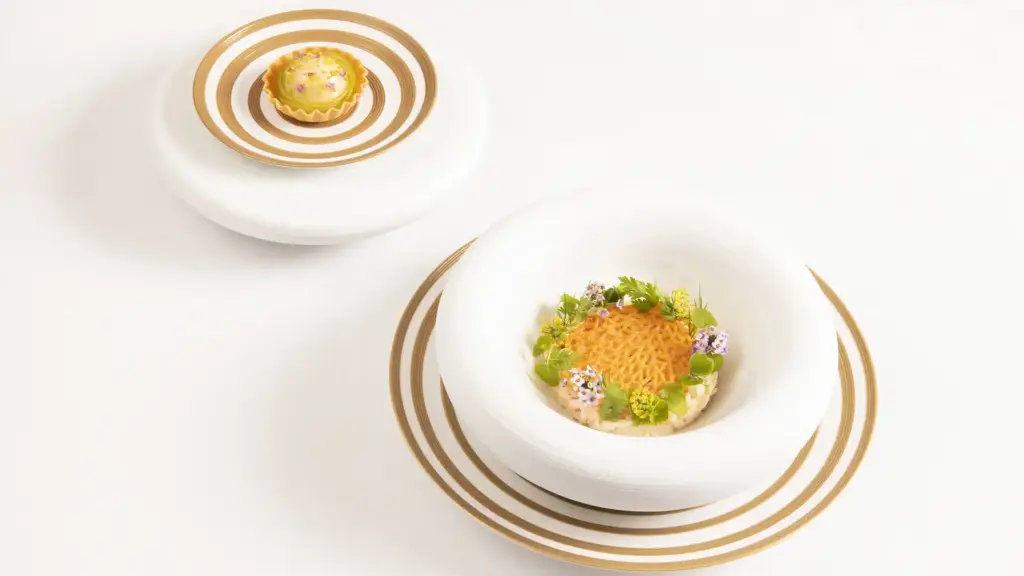
All of the aforementioned reasons are why at The Ritz Restaurant, led by Executive Chef John Williams MBE, seasonality is a core element around which every dish is built. The seasonal menu is updated regularly based on the finest ingredients the Chef and his team select and are supplied with. All ingredients on the menu are always British and sustainably sourced to ensure the most exquisite of flavours.
The Rivoli Bar likewise takes a seasonal approach to create drinks inspired by the changing seasons, alongside the classics.
At home, whether you’re cooking for yourself or hosting, incorporating seasonal produce provides a chance to explore ingredients you might not have before, while they’re at their best.
Today, we’re going to explore how to craft an elegant seasonal menu with insight from Executive Chef John Williams MBE and his team so you can get to know the creativity and philosophy behind The Ritz Restaurant’s cuisine, and take some inspiration for your own cooking endeavours. We will also get an insight from the Head Mixologist at The Rivoli Bar to serve as seasonal inspiration for cocktails.

Secrets To Successful Seasonal Cooking
To better understand the seasonal produce calendar, it’s worth getting familiar with what is in season in Britain and when. This way, you can appraise any menu in front of you on the basis of seasonality and use the knowledge for yourself too. You will notice that some fruits and vegetables are available over multiple months while others have a very short season and are therefore even more prized. Naturally, the warmer months are more abundant, especially when it comes to fruit, though the cooler period has plenty of its own delights to offer to professional and amateur chefs alike.
Rather than restrictive, seasonal cooking draws attention to what’s best when and can serve as a natural point of inspiration.
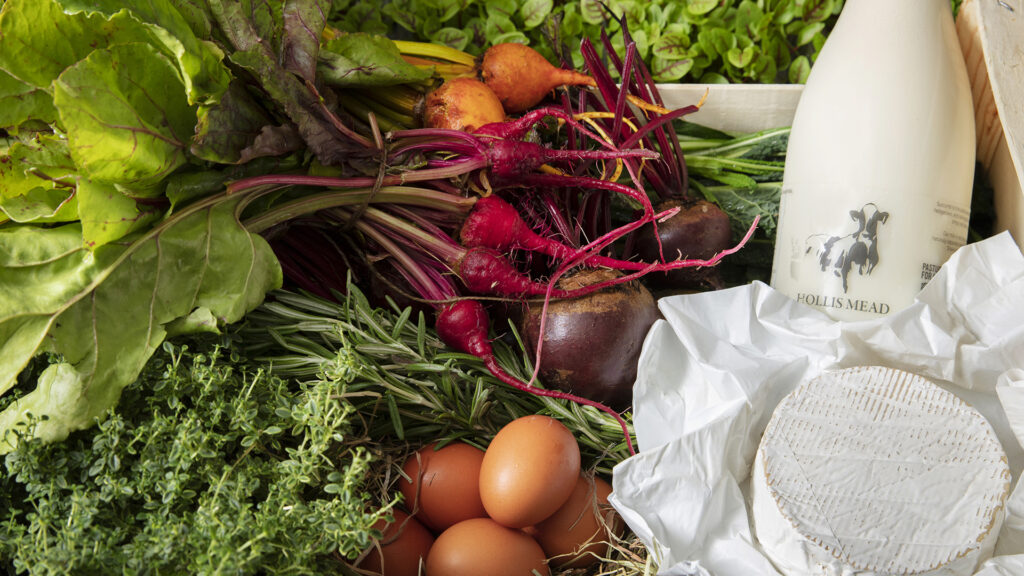
Spring Menus
As spring is almost here, let’s start with ideas for a seasonal spring menu. After the cold of winter and desire for richer flavours, it’s lovely to embrace lightness again in the spring. Instead of slow-cooking, techniques like steaming and pan-frying can show off the best of the season. Fish always feels appropriate in spring and a simple pan-fried fillet of seabass, with olive oil, goes well with new season potatoes and steamed asparagus. Wild garlic is in season in April and the fragrant leaves are well worth adding to a menu – try them in a simple risotto with plenty of butter and parmesan. Lots of salad leaves will be tasting their best and won’t need complex dressings – a simple green salad of mixed leaves with olive oil, lemon juice, and sea salt will work as an ideal accompaniment to a multitude of dishes. For dessert, look to rhubarb; its tartness is a perfect foil for custard, ice cream, and pastry. Simply poach the rhubarb in a sugar syrup until soft, adding cardamom or rose petals for fragrance if you so wish.
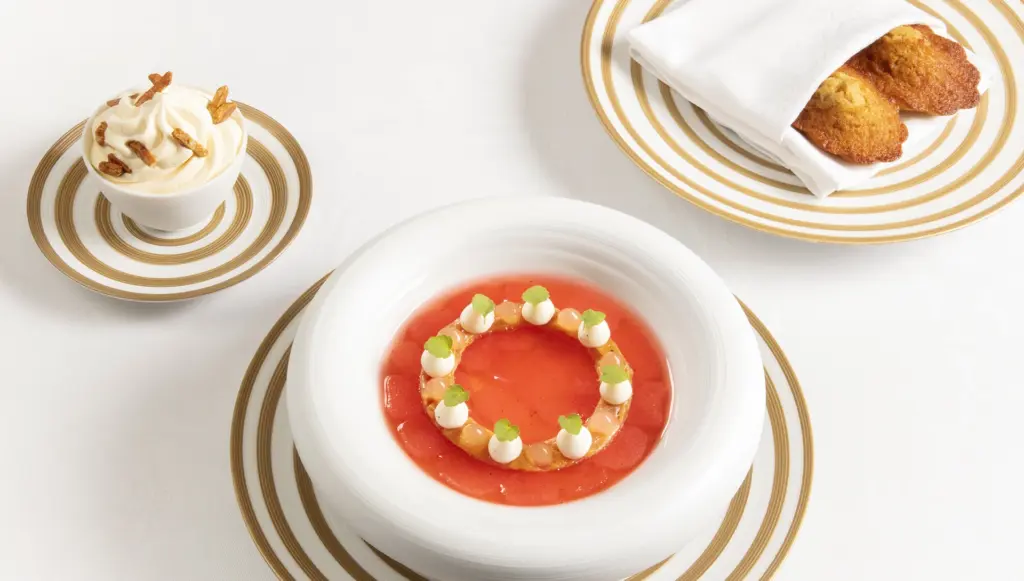
Summer Menus
In summer, flavours get bolder as fruit and vegetables ripen from the heat of the sun. Summer cooking should carry an air of ease as everyone wants to gather outside, not huddle in the kitchen. Tomatoes are always a summer highlight and serving them simply – inspired by Italian cuisine – is guaranteed to please. All you’ll need is ripe tomatoes, burrata, basil or fresh pesto, salt, olive oil, and optional toasted pine nuts to scatter over the top. Courgettes can be prepared simply and become an elegant side to any fish or meat by slicing them into ribbons and dressing with fresh chopped herbs, like dill, and olive oil, salt and vinegar. Strawberries are at their best at the height of summer and the classic combination of strawberries and cream is always welcome. Choose pouring or even clotted cream, slice the strawberries, and serve with a few shortbread biscuits for a quick summer dessert.
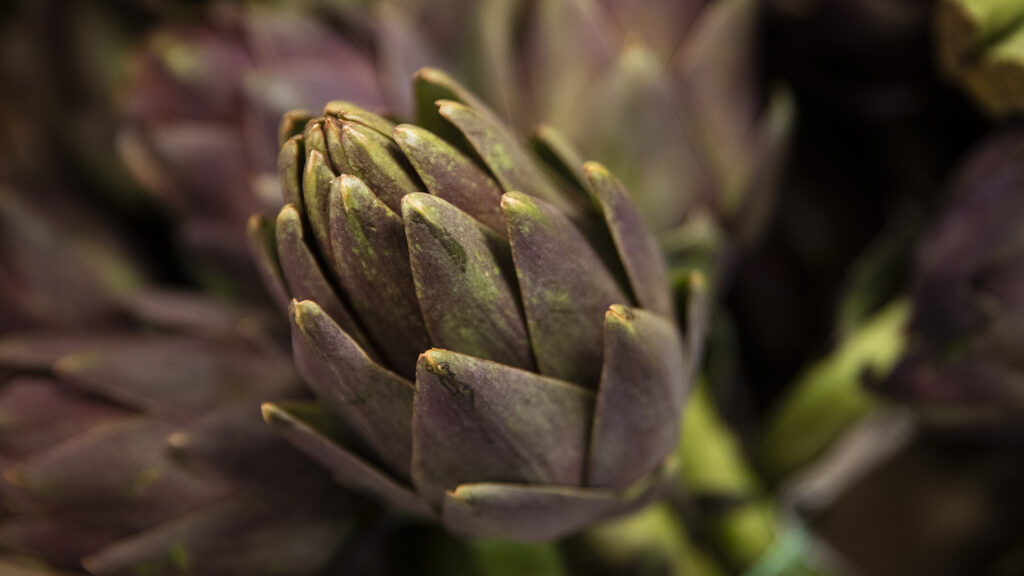
Autumn Menus
An autumn menu is when flavours start to deepen again. There’s an abundance of squashes, root vegetables, and mushrooms. Traybakes are a wonderful way to show off the vegetables simply yet impressively – pumpkin and sage are a classic combination and can be turned into a show-stopping dish when roasted together and topped freshly grated parmesan or pecorino. Game meats, like pheasant, are in season in the autumn and they pair beautifully with other seasonal produce like blackberries. Try a pan-fried pheasant breast with a blackberry sauce to impress guests. Quinces are another autumnal wonder and, when cooked slowly, transform into soft, highly fragranced fruit that suit Middle Eastern flavours and a range of desserts too. Try a twist on a classic pavlova, replacing the typical berries with poached quince for an autumnal dessert.
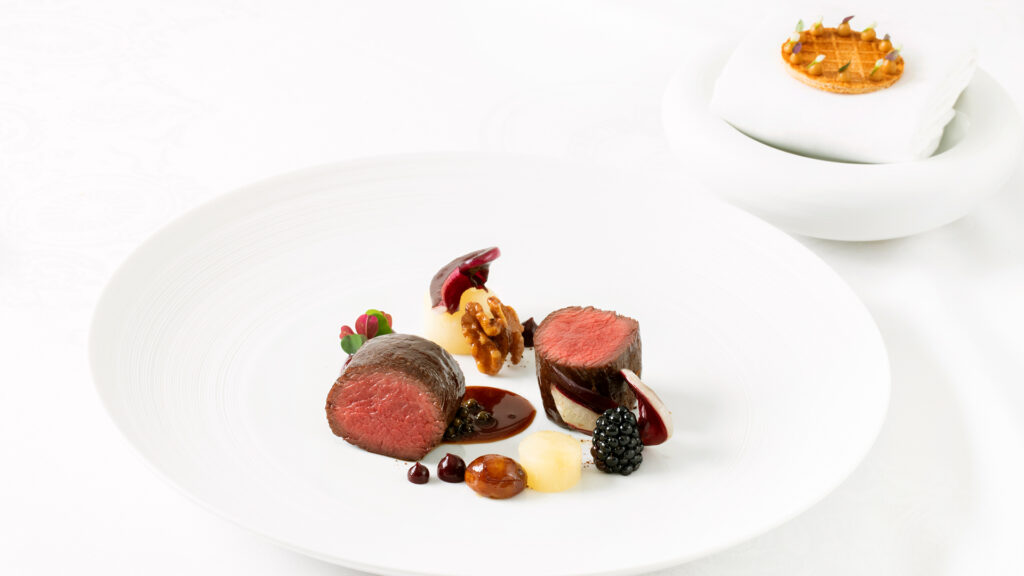
Winter Menus
When designing your winter menu, dishes that are long and slow to cook should be considered. There’s nothing more comforting than a ragu cooked over a few hours, singing with the fragrance of herbs and red wine, served with a pasta shape of your choice. You can also try a traditionally British dish – the roast. As apples are in season, pair them with pork, and roast together for a perfect balance of sweet and savoury. Don’t forget the all important roasted potatoes which can be prepared using either duck fat (for a decadent flavour) or olive oil. The theme of comfort should extend into dessert and something like an apple crumble, with plenty of cinnamon and served with custard or ice cream – still hot from the oven – will be the perfect finishing touch to the meal. Additionally, winter is when one of The Ritz Restaurant’s most precious ingredients comes into season: the Périgord black truffle.
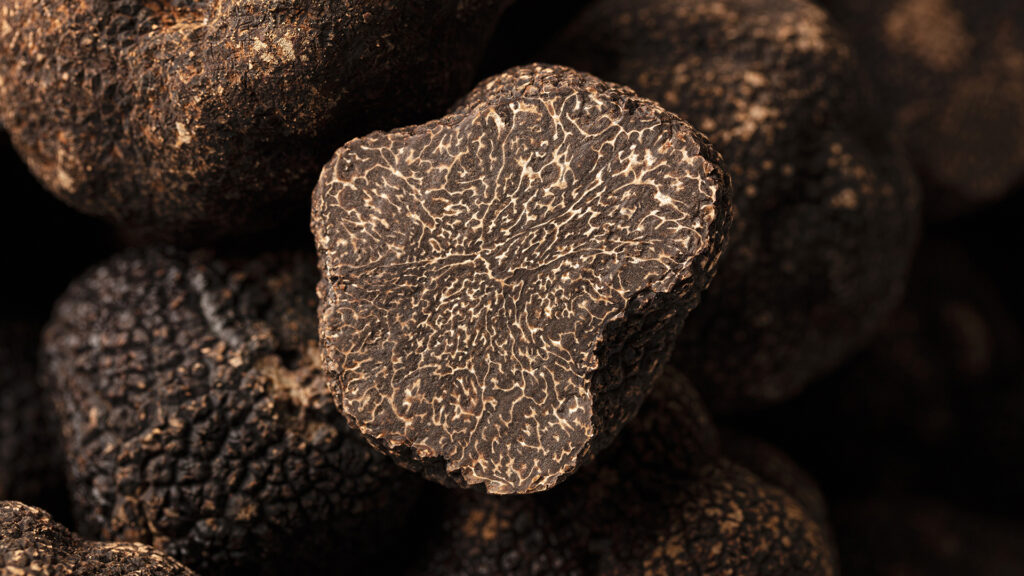
Crafting Seasonal Cocktails
When it comes to drinks, the concept of seasonality is a little more elastic than when it comes to cooking, since cocktails don’t always include fresh produce. Still, the seasons can serve as an inspiration when you’re crafting your own seasonal drinks menu.
A good place to start is by identifying what’s in season. The upcoming spring season is a little light on fruit but rhubarb, which will be available soon, is a fantastic inspiration for cocktails. It’s tart, with only a hint of sweetness, and works well with spirits like gin and vodka. When creating a seasonal cocktail, you don’t have to include the ingredient itself, merely use it as inspiration. For example, if you wanted to include rhubarb, you could opt for a spoonful of rhubarb jam added to a simple mix of gin, lemon juice, and soda water – creating a seasonal variation on a Tom Collins cocktail. Garnish with rosemary or sage for a herbal aroma. This approach works all year around; simply use ingredients and liqueurs bearing the season’s flavours to channel seasonality during cocktail hour. The Head Mixologist at The Rivoli Bar notes that “when it comes to pairing food with drinks, we recommend considering either contrasting or similar tastes. For instance, if you create a cocktail based on the flavour of an apple, it would pair well with an apple tart.”

Seasonal Culinary Adventures at The Ritz
At our Michelin-starred The Ritz Restaurant, Executive Chef John Williams MBE and his team are busy reimagining the menu to best reflect the upcoming spring season and its biggest celebration, Easter. Set in the grandiose dining room, the restaurant floods with bright light and verdant reflections of Green Park – it’s widely considered to be one of the most beautiful dining spaces in the world. The Executive Chef and his team are meticulous in how they choose ingredients and craft each menu. For example, The Ritz Restaurant team source beef from the Cornish moors, lamb from the Lake District, and succulent lobsters from South West Scotland for the restaurant’s menus. Sustainability is a core value at The Ritz Restaurant. The team is committed to sourcing ingredients responsibly, supporting local suppliers, and championing sustainable practices. By embracing seasonal produce, The Ritz Restaurant delivers exceptional flavour and contributes to the preservation of our environment.

This spring, the Executive Chef and his team are focusing on delighting diners with an Easter-inspired menu that encapsulates the flavours of the warming months. A starter of Ballotine of Duck Liver will be served with Sour Cherry and Pistachio. When it comes to main courses, Suffolk Lamb will be complemented by Roscoff Onion and Mint, and Celeriac and Supreme Sauce will accompany Norfolk Black Leg Chicken. As for dessert, refined flavours are at the forefront in the Tahitian Vanilla Mousse with Almond and Tonka.
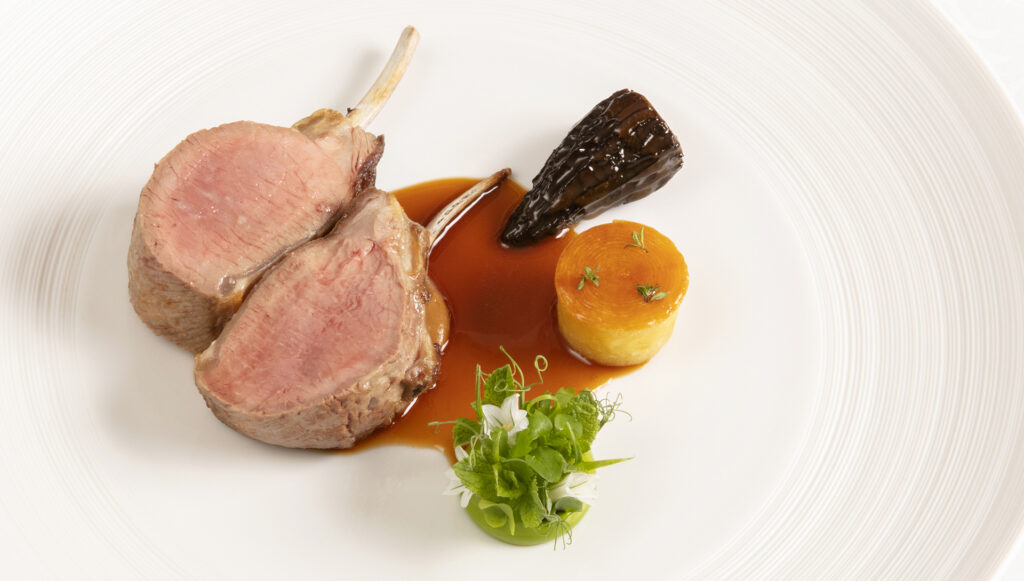
Stepping into The Rivoli Bar is a wonder in any season as the experience takes you inside ornate surroundings reminiscent of the interior of an antique jewellery box. Just like The Ritz Restaurant, The Rivoli Bar takes inspiration from the seasons when designing its menu. ”We believe that using seasonal ingredients is essential to achieving the best possible flavour in our cocktails. This is why we prioritise fresh fruits and vegetables that are in season. Not only do they taste better, but they are also more readily available and environmentally friendly,” says the Head Mixologist. Paying a visit to The Rivoli Bar in February brings the opportunity to taste Alpenglow, a seasonal cocktail made using rhubarb. It includes a foundation of Cotswolds single malt whisky, in-house made rhubarb cordial blended with vanilla and garnished with a bud of fresh rhubarb to create this elegantly spiced concoction.

Every month, the team crafts a considered seasonal cocktail to encapsulate and reflect the very best of the ingredients on offer. The Head Mixologist adds, “For the upcoming period, we are considering the following ingredients in our cocktail creations: rhubarb, apple, pear, cherries, blueberries, banana, kiwi, and mango. When in season, these ingredients will help elevate the flavour profile of our cocktails.”
We hope that this guide has inspired you to consider cooking seasonally, whether you’re doing it for yourself, to impress guests, or both. And if you would like a taste of authentic seasonality prepared with the finest ingredients, make a visit to The Ritz Restaurant and The Rivoli Bar where the seasons are always reflected and refined in our menus.




